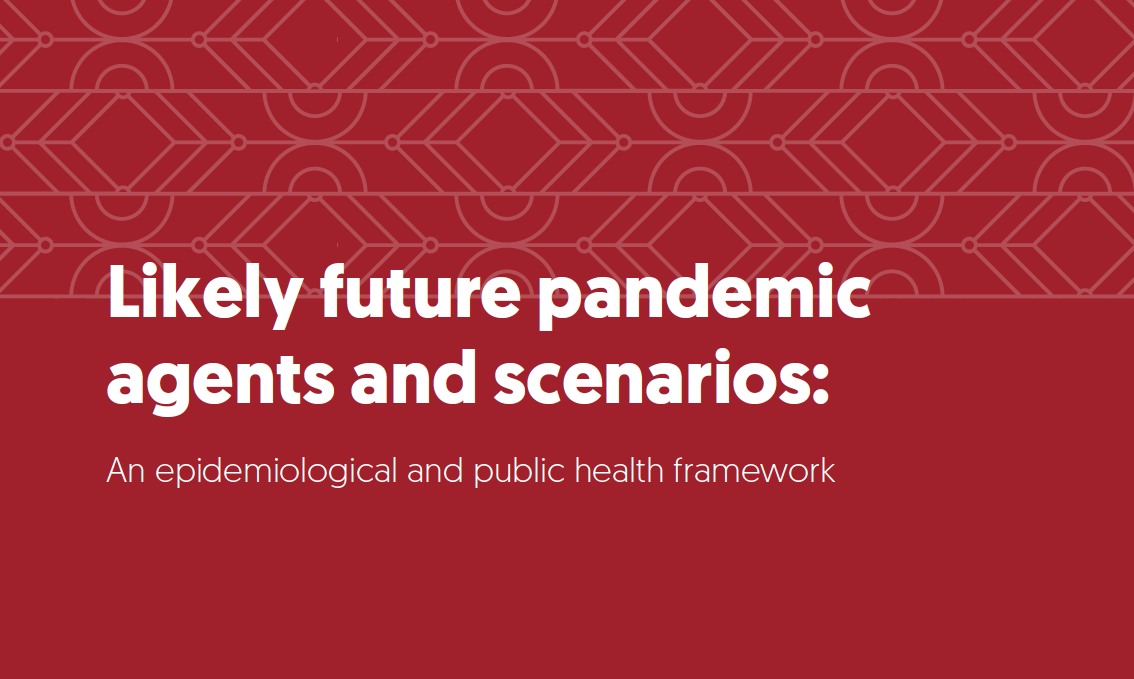Media Release: Nelson, New Zealand – 10 July 2024 – Kimer Med $10M closer to…
NZ’s Pandemic Preparedness report – our assessment
New Zealand’s Infectious Disease Research Platform ‘Te Niwha‘ has released a substantial report entitled “Likely future pandemic agents and scenarios: An epidemiological and public health framework”.

The report was commissioned to support the Public Health Agency and other decision-makers involved in pandemic planning, to ensure we are well-prepared for future pandemics by considering a range of likely scenarios and agents, new technologies, and learnings from the COVID-19 experience.
Kimer Med has been advocating for more awareness of pandemic risk at government levels for some time. We have discussed this issue with the Health Minister, and with the government’s Scientific Advisory body. We welcome this report, which takes a much broader view than previous policy documents we are aware of, but we also think there is room for improvement in some areas, especially in regards to the role of antivirals in the early stages of pandemics.
You can review the Executive Summary here, and the Full Report here.
Over the next few weeks we will be commenting in detail on some of the specifics in the report, and this article will be updated as we work through the list of topics below below.
- Surveillance and diagnostics
- Therapeutics and vaccines
- Determining priority pathogens
- Disease transmission
- Drawbacks of vaccines
- Primary healthcare and protection of frontline workers
- Zoonotic infections
- Bioterrorism
- Control measures
- General observations
(Note: All page number references below are from the Full Report.)
01. Surveillance and Diagnostics – p20
The report includes surveillance, diagnostics and laboratory capability as important considerations for pandemic preparedness, and they are. It goes on to state that “Systems are also needed to characterise vector populations capable of transmitting disease.”
Vector populations refer to living things that carry and transmit disease, such as mosquitoes, lice, humans and rats.
In our view, disease surveillance programs should include an explicit focus on arboviruses, and mosquitoes, in particular.
As warming trends advance, parts of NZ are increasingly likely to be at risk of previously tropical-region-only diseases such as Dengue and Yellow Fever, which are carried by the Aedes aegypti and Aedes albopictus mosquitoes.
Vector mitigation should also be part of the plan.
Insecticides have generally been found to be ineffective over the long term on a wide scale, but source reduction and elimination of container habitats can be helpful. It would also be worth investigating the possibility of introducing male Wolbachia-infected mosquitoes, following a protocol that aims to reduce the population of native mosquitoes. This has recently been trialled in Singapore, with good success. However, the current process is quite slow, which suggests that starting sooner rather than later is likely to be important.
Improved rapid detection technology is required.
Surveillance programs should recognise that certain viral diseases can be cyclical, seasonal, and regional, and that outbreaks can be short, sharp, and severe. For that reason, investment into research for improved rapid detection technology is warranted. PCR is much too slow.
02. Therapeutics and vaccines – p21
The report notes that “Access to treatments could potentially reduce severity of pandemic illness and/or reduce transmission. Mechanisms must be in place to optimise existing treatments, and ensure their affordability, accessibility, and availability to Māori, Pacific Peoples, Tāngata Whaikaha and those that are medically vulnerable.”
This is, of course, a subject dear to our hearts at Kimer Med.
We urgently need effective, broad-spectrum antivirals.
In the case of a viral pandemic, “treatments” are antivirals. Effective antivirals would reduce the severity of illness, and would more than likely assist in slowing transmission, both important factors in limiting the extent of an outbreak. However, one big problem here is that there are no approved antivirals/treatments for 95% of viral illnesses – including many with serious pandemic potential. This scenario leaves us exposed and vulnerable.
Government sponsored research into antivirals is warranted, and could have wide-reaching benefits, particularly for those who are most vulnerable. An important advantage of antivirals is that they can be administered after someone is infected, whereas vaccines, when available, must be administered well before infection. As mentioned previously, viral outbreaks can be short, sharp and severe, which means they could be over well before a new vaccine is ready.
In our view, antivirals should be prioritised for investment and stockpiling.
Emerging broad-spectrum antivirals, in particular, have the potential to treat viral diseases well before any new vaccines can be designed, approved, and manufactured. Another factor is the protection of front-line healthcare, police, airline and border control workers. They may well be the first ones exposed. If the infection is from a new virus, they won’t be vaccinated. An important characteristic of some broad-spectrum antivirals is that they can be used as prophylactics, even against as-yet-unknown viruses. The potential for that type of use should be a priority.
Establishing local capacity for antiviral manufacture should be considered, in addition to vaccine manufacture. GMP-certified facilities, in particular, are seriously lacking in NZ. In addition, NZ would benefit from streamlining the clinical trial and regulatory approval process for antivirals. The current process is extremely burdensome, expensive, and time consuming. Government investment in this area could have a big impact on the health of New Zealanders.


